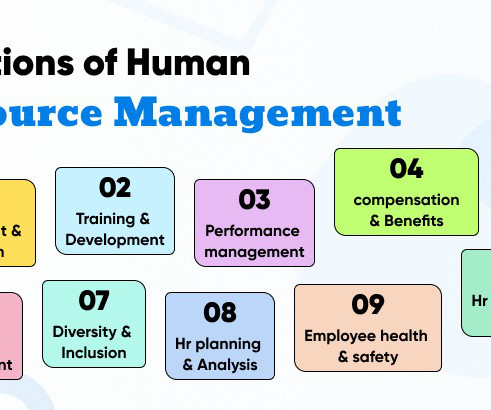Prioritizing Employee Health and Well-Being
eni
JULY 31, 2024
This multifaceted approach recognizes that healthy employees are happier, more engaged, and contribute positively to the organization’s success. Beyond offering competitive salaries and benefits, it is essential to prioritize initiatives that support the health and well-being of our employees to create a thriving workplace.





















Let's personalize your content